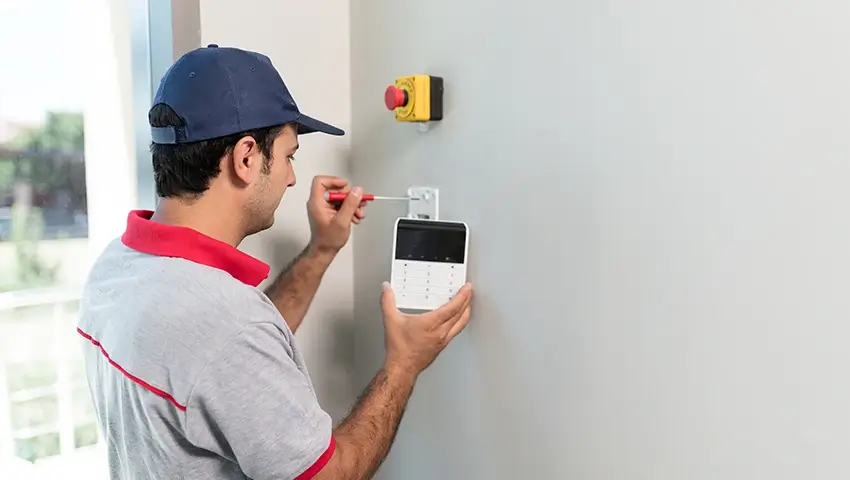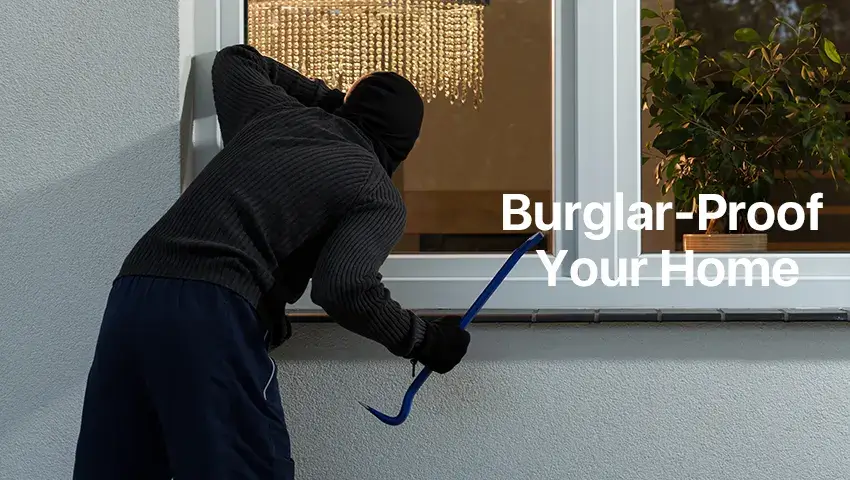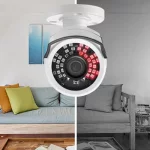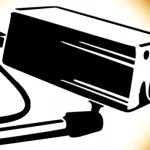Effective home security begins with proper burglar alarm installation, transforming a simple purchase into a robust defense against intrusion. This comprehensive guide equips you with the knowledge to navigate the installation process, from system selection to meticulous setup and ongoing maintenance, ensuring optimal protection for your home and family.
Contents
Types of Burglar Alarm Systems
Before installing an alarm, it’s important to understand the different types available:
1. Wired vs. Wireless:
- Wired alarms are reliable but require professional installation.
- Wireless alarms are easier to install and more flexible but depend on batteries and WiFi.
2. Monitored vs. Unmonitored:
- Monitored systems alert a security service or the police when triggered.
- Unmonitored systems rely on loud sirens or push notifications to alert homeowners.
3. DIY vs. Professional Installation:
- DIY systems are cost-effective and easy to install but may lack advanced features.
- Professional installation ensures optimal setup and monitoring but comes with extra costs.
Key Components of a Home Alarm System
A burglar alarm system consists of several essential components that work together to detect intruders and alert homeowners or authorities.
1. Control Panel
The brain of the system, responsible for:
- Connecting and managing all sensors and alarms.
- Arming and disarming the system.
- Sending alerts to homeowners or security companies.
2. Door and Window Sensors
- Magnetic sensors that trigger an alarm if a door or window is opened when the system is armed.
- Essential for securing entry points.
3. Motion Detectors
- Use infrared or microwave technology to detect movement inside the home.
- Often placed in hallways, staircases, and living rooms.
4. Glass-Break Sensors
- Detect the sound frequency of breaking glass.
- Useful for protecting large windows that burglars might shatter instead of opening.
5. Sirens and Alarms
- Loud sound alerts to scare off intruders and notify neighbors.
- Some systems include flashing strobe lights for added visibility.
6. Security Cameras
- Provide visual confirmation of intruders.
- Can be wired or wireless and connected to mobile apps.
7. Panic Buttons
- Allow homeowners to instantly trigger an alarm in case of emergency.
- Useful in bedrooms or by entry doors for quick access.
8. Remote Controls and Mobile Apps
- Key fobs or smartphone apps to arm/disarm the system remotely.
- Push notifications for real-time alerts.
9. Backup Battery System
- Ensures the alarm functions during power outages.
10. Environmental Sensors (Bonus Feature)
- Some modern alarm systems include smoke, fire, flood, or carbon monoxide sensors for additional protection.
Planning Your Burglar Alarm Installation
A well-thought-out plan is the key to an effective security system.
1. Assess Your Security Needs
Start by identifying areas in your home that require protection. Consider:
- Entry points – Front, back, and garage doors are primary targets.
- Windows – Ground-floor and accessible second-floor windows.
- Hallways and staircases – Common intruder pathways.
- Blind spots – Areas hidden from public view.
- Perimeter security – Outdoor spaces like driveways and backyards.
2. Choosing the Right Alarm System
When selecting a burglar alarm, consider:
- Size of your home – Larger homes may need multiple sensors and cameras.
- Budget – Balance cost with necessary features.
- Smart integrations – Systems that connect with mobile apps for remote monitoring.
- Additional features – Such as glass-break detectors, smoke alarms, or flood sensors.
3. Gathering Necessary Equipment
A basic burglar alarm system includes:
- Control Panel – The central hub for managing your system.
- Entry Sensors – Magnetic sensors for doors and windows.
- Motion Detectors – Detect movement inside the home.
- Siren or Alarm – Alerts you and scares off intruders.
- Security Cameras (optional) – Provide visual verification and evidence.
Step-by-Step Burglar Alarm Installation Guide
Step 1: Install the Control Panel
Best Placement:
- Near the main entrance for easy access.
- Out of sight from windows to prevent intruders from disabling it.
Installation Process:
- Mount the panel securely.
- Connect to power and internet (if required).
- Follow manufacturer instructions for initial setup.
Step 2: Install Door and Window Sensors
Best Placement:
- Main entry doors and frequently used windows.
- Basement doors and garage access points.
Installation Process:
- Attach the sensor on the frame and the magnet on the moving part of the door/window.
- Ensure the two components are aligned and within the manufacturer’s recommended range.
Step 3: Install Motion Detectors
Best Placement:
- Hallways, staircases, and large rooms with multiple entry points.
Installation Process:
- Mount the sensor 6-8 feet high on a wall.
- Adjust the angle for maximum range.
Step 4: Set Up Security Cameras
Best Placement:
- Entry points like doors and windows.
- Outdoor areas such as driveways, patios, and backyards.
Step 5: Configure and Test the Alarm System
- Connect all sensors to the control panel.
- Program unique access codes.
- Test the system to ensure everything functions properly.
Maintaining Your Burglar Alarm System
Regular Checks:
- Test sensors monthly to ensure they function properly.
- Replace batteries in wireless systems every 6-12 months.
- Clean cameras and motion detectors to prevent dust interference.
Common Installation Mistakes to Avoid
- Placing sensors too far apart – Causes detection failures.
- Ignoring secondary entry points – Burglars often target backdoors.
- Not securing the control panel – It should not be easily accessible to intruders.
- Overlooking WiFi security – For smart systems, use a strong, encrypted WiFi connection.
Conclusion
Prioritizing proper burglar alarm installation is paramount to transforming your home into a secure sanctuary. From strategic system selection to meticulous setup and consistent maintenance, each step contributes to a robust defense that deters intruders and safeguards your peace of mind.





